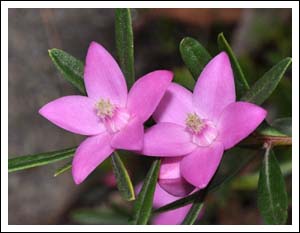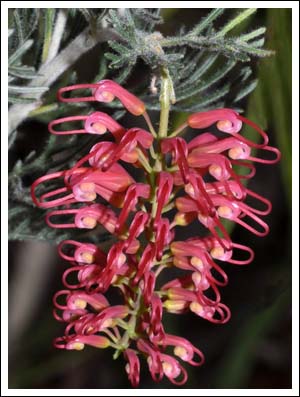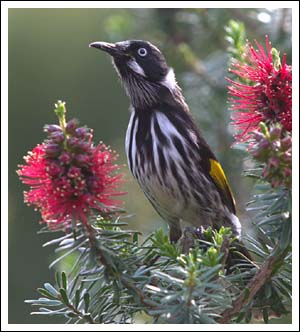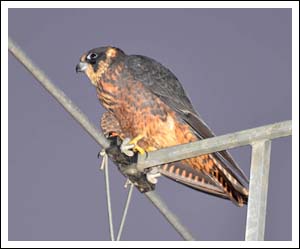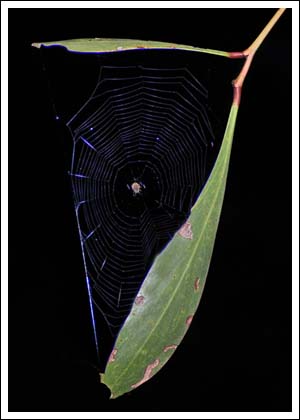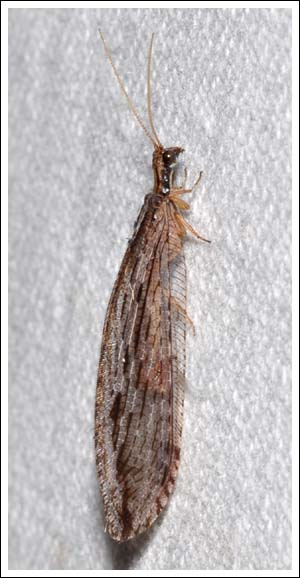The native garden in autumn is still colourful with some very nice plants in flower, for example this crowea which we believe is Cane’s hybrid.
One of our newest grevilleas used to be known as Grevillea thelemanniana var. preissii, but has been raised to specific rank, Grevillea preissii, with two sub species, preissii, and glabrilimba. The garden plant is the latter, and is coming into flower for the first time with beautiful pendent clusters of delicate red flowers.
Kunzea baxteri is also flowering, providing a source of nectar for the honeyeaters. New Holland honeyeaters are very vigilant and at the first hint of danger their alarm calls fill the air. At the time this one was keeping an eye out for bullying Red Wattlebirds.
On occasion though there can be a greater threat. The Australian Hobby, a speedy hunter is occasionally seen locally, slicing through the air during daylight hours, but they like to hunt at dusk. Just before dark a bird was seen in silhouette perched high on the television antenna, and the shape invited closer attention than just a casual glance. Inspection through binoculars prompted another trip inside for the camera with zoom lens and speedlight mounted, which resulted in this picture of an Australian Hobby. The bird was quite relaxed, and blood visible on a talon indicates that it had recently killed and eaten.
With the onset of colder weather spiders are harder to find. This jumping spider has now disappeared after living for a time in its retreat silked between two leaves of the Sydney Waratah.
While waiting for moths to come to the sheet, a wander in the bush with a torch can be productive. This tiny orb-weaver was the only spider seen in late May and it made an interesting photographic subject. The web, built between two Golden Wattle phyllodes is only about 60 mm top to bottom, and the spider is about 3 mm. It was extremely difficult to photograph and this image is a composite of three shots using flash and torch light for separate exposures.
The spider.
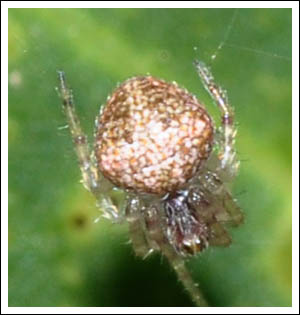
On another branch, probably an assassin bug species.
Back at the moth sheet, encountered and photographed for the first time a lanternfly.
And finally, a lacewing species.
Click images to enlarge.

